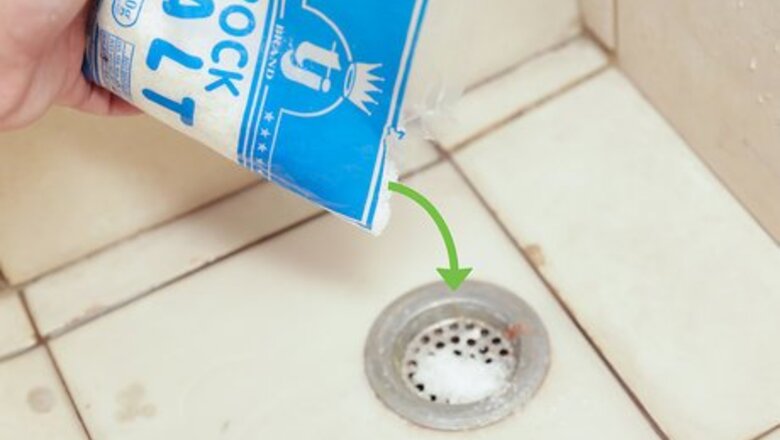
views
X
Research source
We'll show you how to make a DIY drain cleaner with ingredients you already have at home.
Unclogging with Salt and Boiling Water
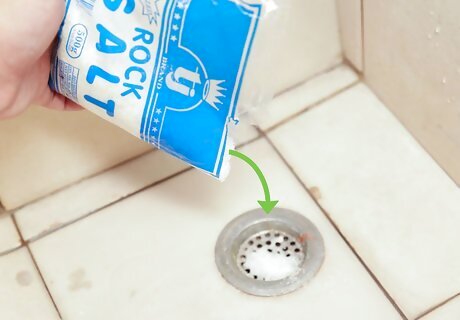
Pour salt down the drain. Although the acidity from vinegar helps to eat through grease and other clogs, salt alone will scour the inside of the pipe, since it is so coarse and abrasive. Measure a 1/2 cup of salt. Then pour it directly down the drain.
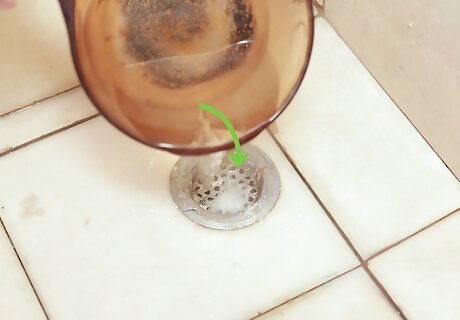
Rinse the drain with boiling water. Boil 4 cups of water first. Pour this slowly down the drain. Aim the water directly into the drain to avoid scalding yourself with any splash-back. Once the boiled water has gone, run hot water from the tap to further flush the drain.
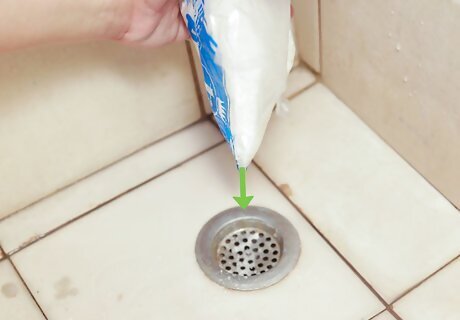
Repeat. Since you are only using salt, you will probably need to do this a few times to remove the clog. Continue to add salt in 1/2-cup increments, flushing with boiling water each time, before adding more. Avoid dumping too much in at one time.
Mixing Baking Soda, Salt, and Vinegar
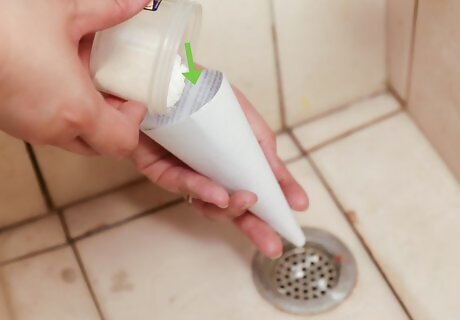
Pour dry ingredients down the drain. Use a narrow cup or glass for mixing. Pour in a 1/2 cup of baking soda. Add a 1/4 cup of salt. Stir until they are evenly mixed. Remove the stopper from the drain if there is one. Then pour the contents down the drain.
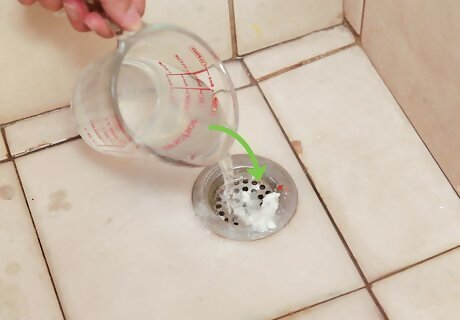
Add warm vinegar. Heat 1 cup of vinegar in the microwave or on the stovetop. Once it reaches simmering, pour it directly down the drain. Cover the drain immediately with a stopper, plug, or even the bottom of the cup or glass you used for mixing, because the baking soda will cause the vinegar to froth and bubble. Contain the reaction within the drain as much as possible for best results.
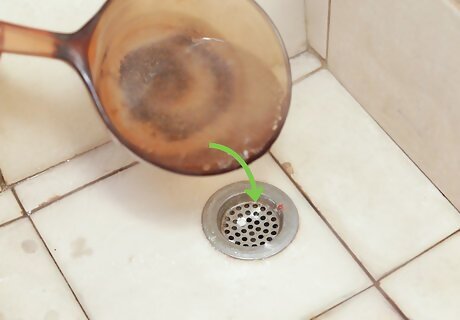
Rinse the drain with boiling water. Wait 15 minutes so the clog can absorb the mixture as much as possible. For tougher clogs, wait 30 minutes. In the meantime, boil 2 cups of water. Once the clog has had time to soak, remove the drain cover and pour the boiling water down the drain to rinse, followed by hot tap water.
Using a Salt and Vinegar Mix
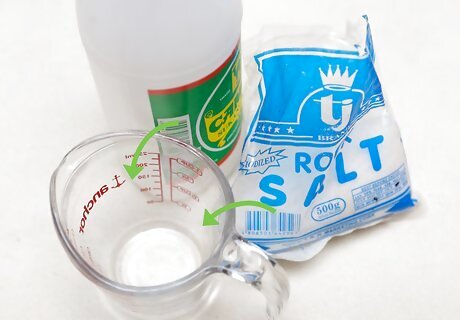
Mix salt and vinegar. In a small bowl, pour 1 cup of salt. Add 1 cup of vinegar. Stir well so the salt soaks up all the vinegar. Continue stirring until the mixture is smooth and even. Add a 1/2 cup of lemon juice and mix thoroughly to give your paste some extra declogging-power thanks to the juice’s acidity. If the clog is located deep within the pipe, or if you're leaving the lemon juice out, add more vinegar for a thinner mixture so it travels more easily.
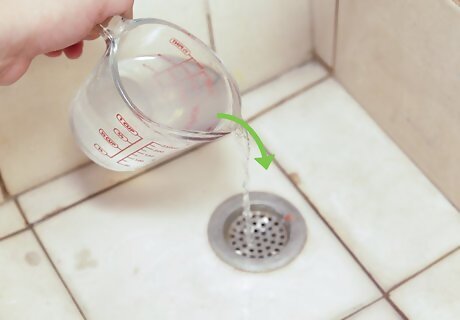
Pour the mixture into the drain. First, remove the drain's stopper. Then pour the mixture directly down the drain. Coat the entire drain so the whole clog is sure to absorb the mixture. Allow it to sit for 15 minutes so the clog can absorb as much as possible. For especially stubborn clogs, let the clog soak for 30 minutes. If you are unable to remove the stopper, add more vinegar to the mixture before pouring so it's thinner.
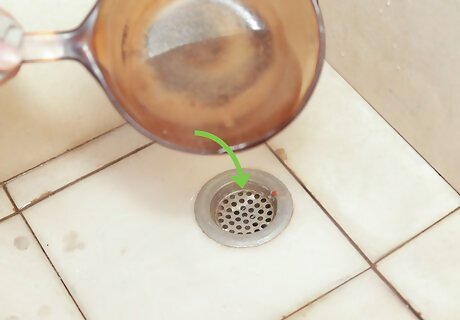
Rinse the drain with boiling water. Boil 4 cups of water with a kettle or pan. Then pour the water directly into the drain. Pour slowly to avoid splash-back, which may scald you. Also pour slowly so you can aim the water directly into the drain instead of splashing the basin, which may absorb the heat and cool the water on contact before it reaches the clog. Use boiling water instead of running hot water from the tap, since it may take a while for the hot water to kick in. Be careful about using boiling water on PVC pipes. The hot water can damage or loosen the pipe seals.




















Comments
0 comment